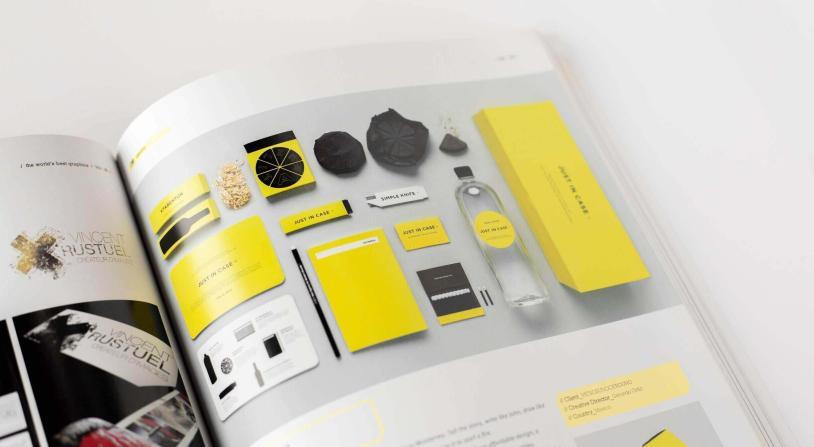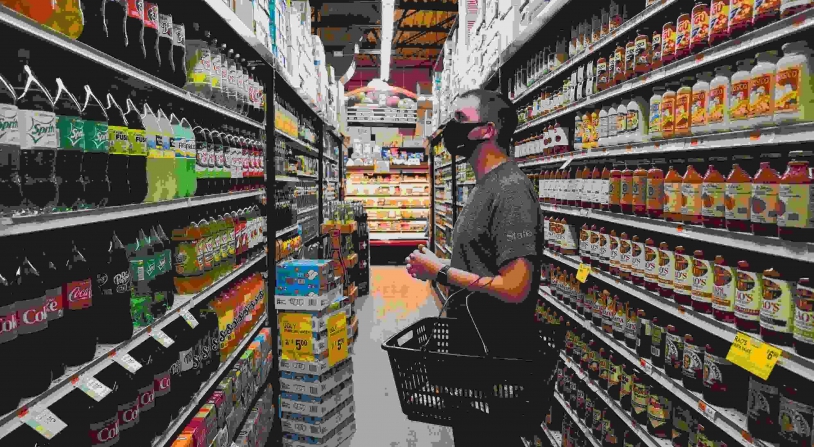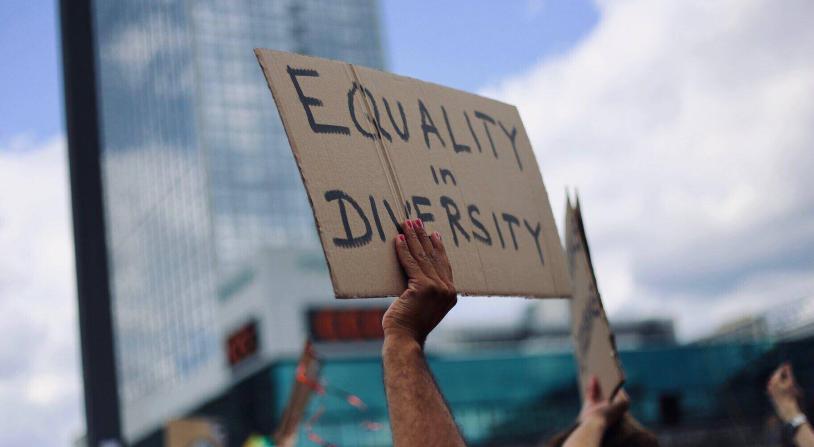The rise of the Influencer cannot be overstated, and Influencer Marketing can be your firm’s best secret weapon. Still, as with any industry, the world of influencers is not immune to fraudsters. Here’s five ways to tell if your future Influencer is really more of a follower.
Engagement rate
Commit this formula to memory:
– Post 1 + Post 2 + Post 3 divided by 3 = average number of engagements.
– Average number of engagements divided by number of followers.
This is how you calculate the engagement rate of any user on social media, and an easy tell-all if your influencer is genuinely that- influential. If an influencer has a low engagement rate (less than 1 per cent), then it is more than likely that some of their followers are fake users. Their audience is not one that cares about the user’s content, and isn’t worth your investment as a brand.
Follower growth
This metric is similarly easy to spot. Influencer accounts with organic- that is, genuine- growth, there is typically a consistent upward trend of follower growth. For accounts that have done the dodgy and purchased followers, however, growth in the account’s follower account typically spikes inconsistently- from day to day, or week to week.
Engagement type
This metric is a little harder to determine, but still worth the effort. Engagement type refers to the type of people that are engaging with the content posted by the Influencer: are they coming from outside the account’s follower list? If so, they are probably signed up to an engagement app or engagement pod in exchange for cash. Without genuine engagement, the reach of the Influencer you have in mind is stunted- and not worth your money.
Follower location
Again, this metric is a tricky one, but nonetheless vital to determining if your Influencer has fake followers- or, if genuine, what portion of the followers are likely to be interested in your brand should you partner with the account holder.
If, for example, a New York City-based fitness blogger has a significant number of followers based in Asia or the Middle East, they might indeed be genuine, but you’d want to flag the issue. Similarly, an Australia-based adventure blogger with a large proportion of followers outside the country might not actually serve your brand the way you expect.
Ask yourself the following questions: do you only ship your product to certain countries? Are you a physical retailer with a dependence on customers in your proximity? If your Influencer’s followers are spread thin worldwide, they might not be the engagement match for you.
Comments
If you’re pressed for time, reading an influencer’s comments can be a quick tell-all, though keep in mind this is a subjective process! Fake engagement is typically led by social media bots, capable of mustering little more than generic support in the form of “love it”, “haha” or emoji-based replies. Truly engaged followers, however, take their time to craft a specific response- these are the kinds of followers you want to target.
The Use of Storytelling to Build Strong Brand Identity
In an increasingly crowded and competitive market, building a strong brand identity is essential...
Brand Positioning in a Competitive Food and Beverage Market
Brand positioning is increasingly important in the competitive food and beverage market. It's not...
The Role of Inclusive Branding in Multicultural Marketing
In today's diverse and multicultural society, brands have a responsibility to embrace inclusive...



